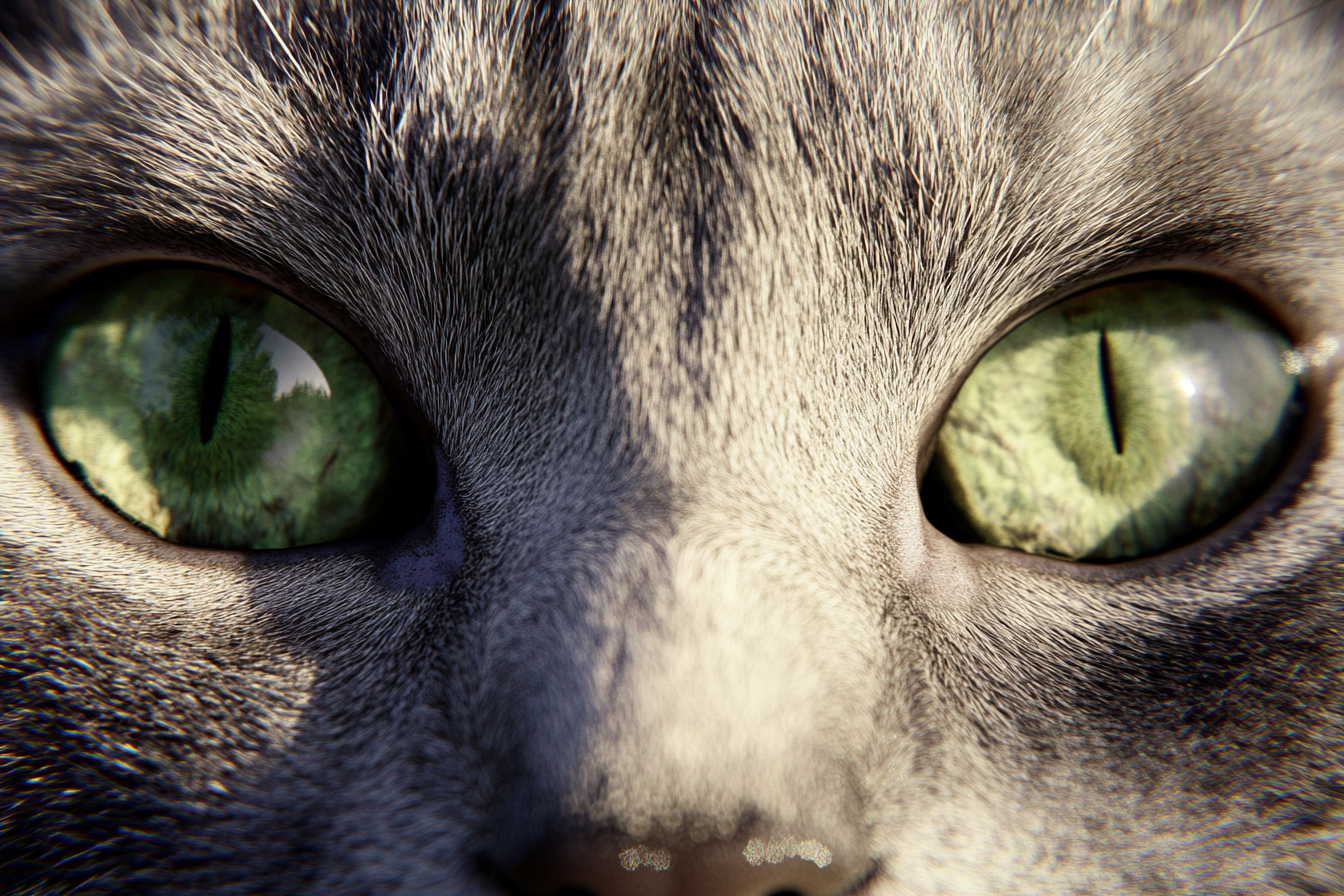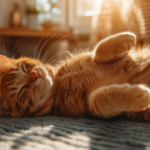The other day, I caught my sweet old girl Cleo struggling to climb onto her favorite windowsill – a spot she used to leap onto without a second thought. It hit me right in the heart, watching her hesitate before jumping. That moment reminded me why I’m so passionate about helping senior cats age gracefully. After years of caring for aging cats, both my own and countless fosters, I’ve learned that our feline friends tell us so much – if we just know what to look for.
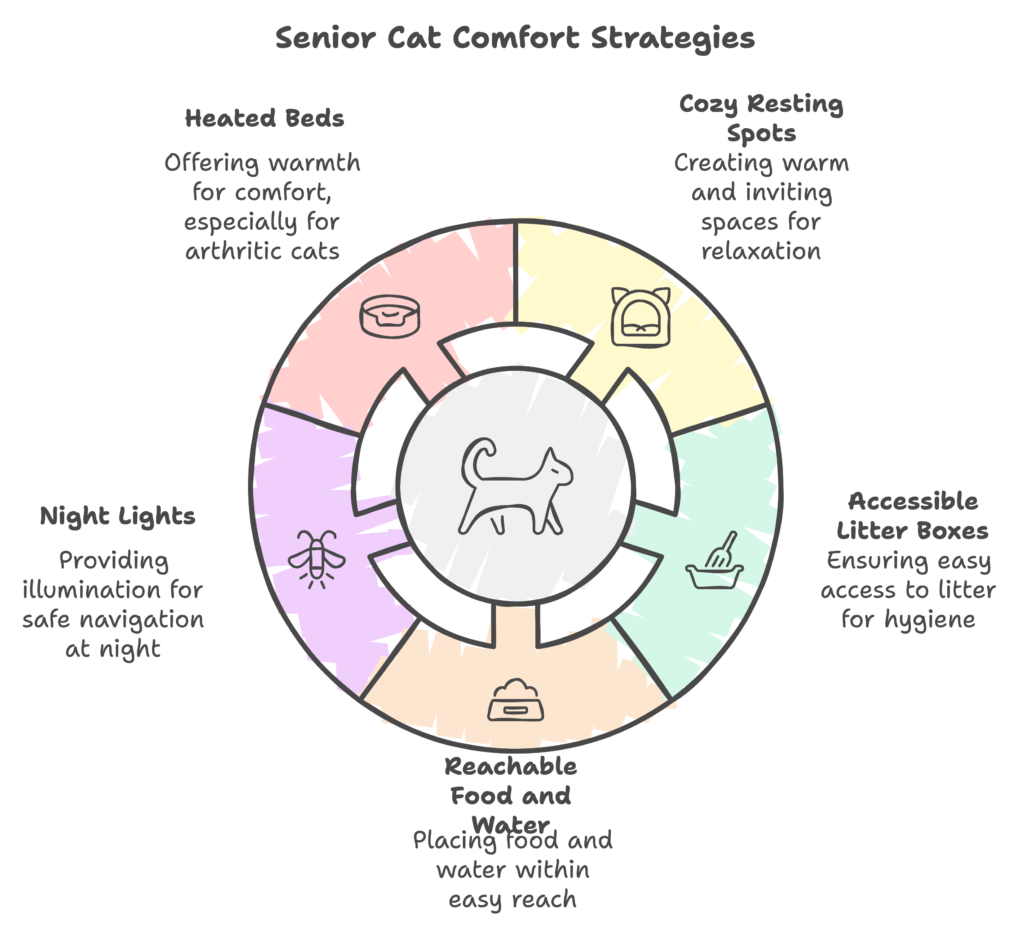
The Clock Ticks Differently for Cats
Here’s something that blew my mind when I first started working with cats: your 12-year-old kitty is actually around 64 in human years! Through my work as a cat sitter, I’ve come to recognize three distinct senior stages:
- Mature cats (7-10 years): Like humans in their 40s
- Senior cats (11-14 years): Think of them as in their 60s
- Geriatric cats (15+ years): Our precious elderly companions
Those Subtle Signs I Almost Missed
Before Luna turned 11, I noticed she’d started sleeping more. “She’s just lazy,” I thought. Big mistake! Now I know better – changes in sleep patterns can be one of the first signs our aging cats need extra attention. Here are the subtle signals I’ve learned to watch for:
Changed Behaviors That Break My Heart (But Can Be Helped!)
Remember when my Milo used to race through the house like a tornado? Now at 13, he takes life at a gentler pace. And that’s perfectly okay! What’s important is noticing when these changes might signal something more serious. Watch for:
- Less interest in favorite games (but don’t stop playing – just adapt!)
- More vocal behaviors, especially at night
- Changes in grooming habits
- Different social patterns
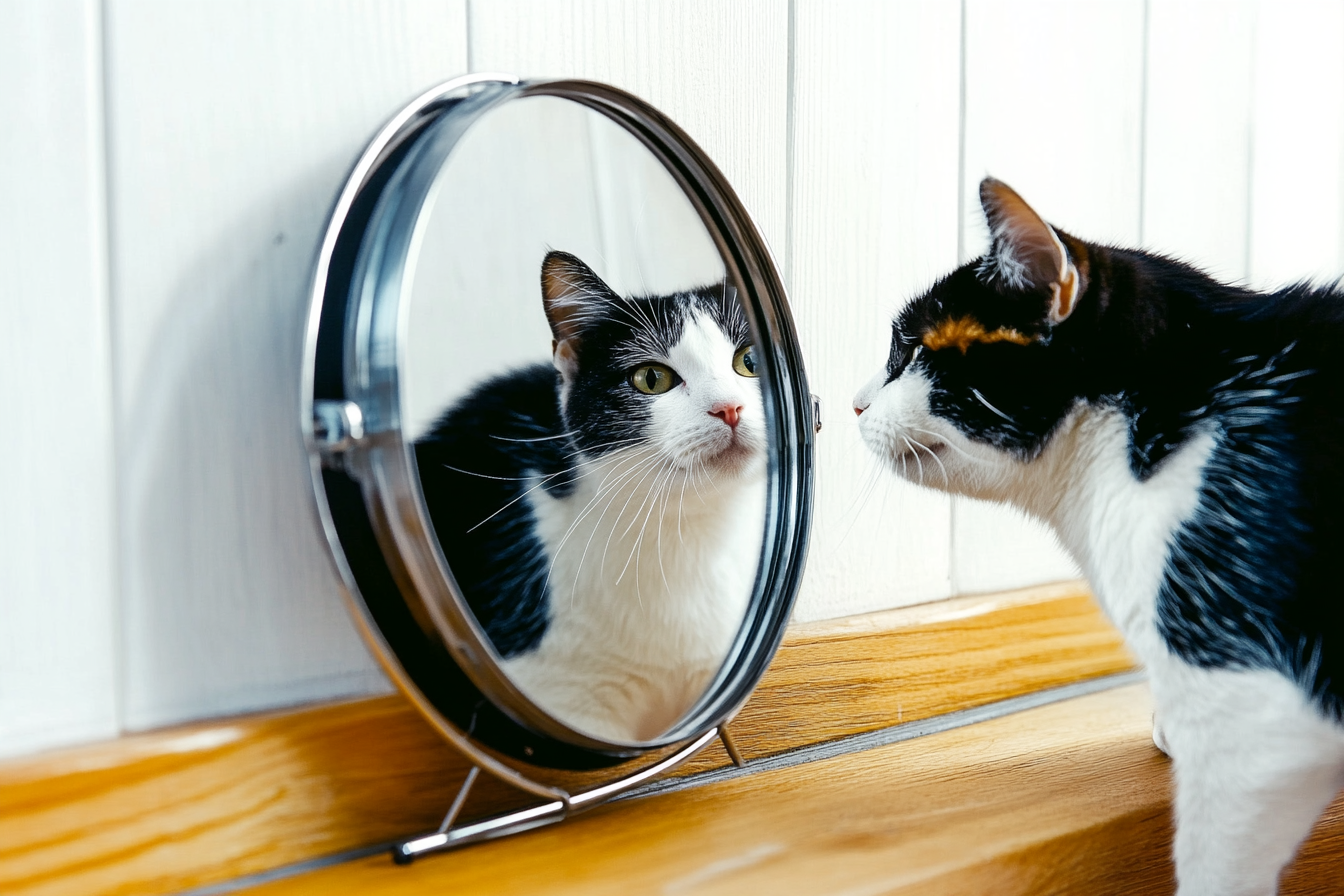
Physical Changes That Need Our Love
Through fostering senior cats, I’ve learned to spot these important signs:
- Weight changes (either direction needs attention)
- Mobility issues (like Cleo’s windowsill hesitation)
- Changes in grooming (matted fur needs our help)
- Different eating or drinking patterns
Making Life Easier for Our Gray-Whispered Friends
After Cleo’s windowsill moment, I transformed my apartment into a senior-cat paradise. Here’s what works in my cat-approved space:
- Cozy beds in every room (heated ones for achy joints!)
- Easy-access litter boxes on every floor
- Gentle ramps to favorite spots
- Night lights for better navigation
- Step stools to beloved perches
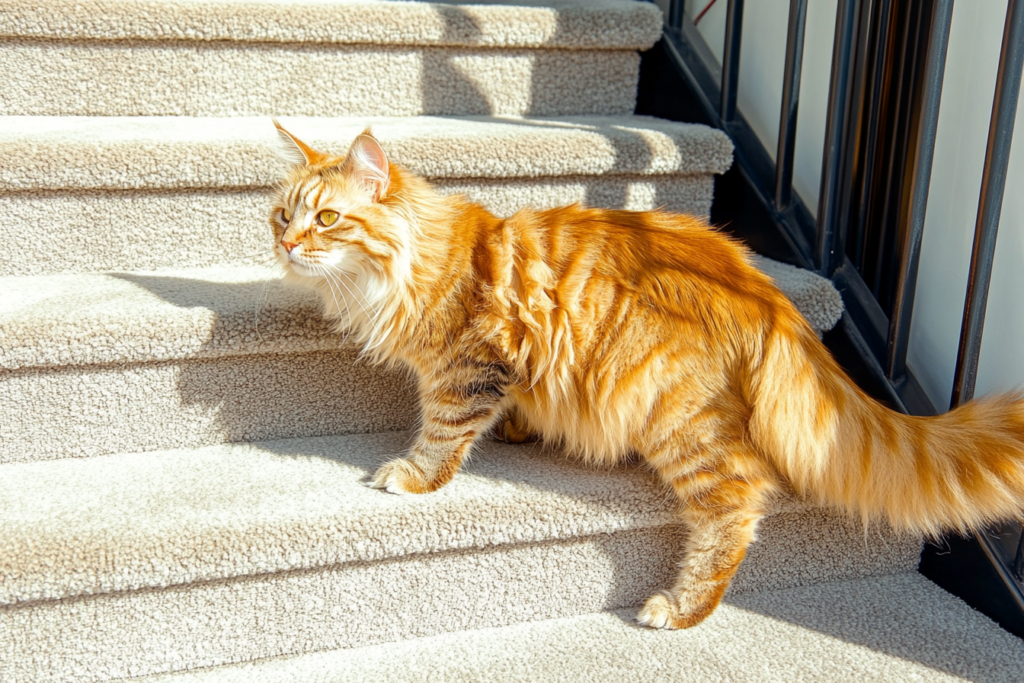
The Brain Needs Exercise Too!
Just because they’re older doesn’t mean they’ve lost their playful spirit! My senior fosters taught me that mental stimulation is crucial. I keep their minds sharp with:
- Gentle play sessions (watching Milo figure out puzzle toys never gets old!)
- Simple food puzzles
- Window-watching stations
- Quiet conversation time
Why Routine Becomes Their Best Friend
If there’s one thing I’ve learned from my years with senior cats, it’s that they thrive on predictability. Cleo might be slowing down, but she still knows exactly when dinner time is! Keep their world steady with:
- Regular meal times
- Consistent play sessions
- Scheduled cuddle times
- Predictable quiet periods
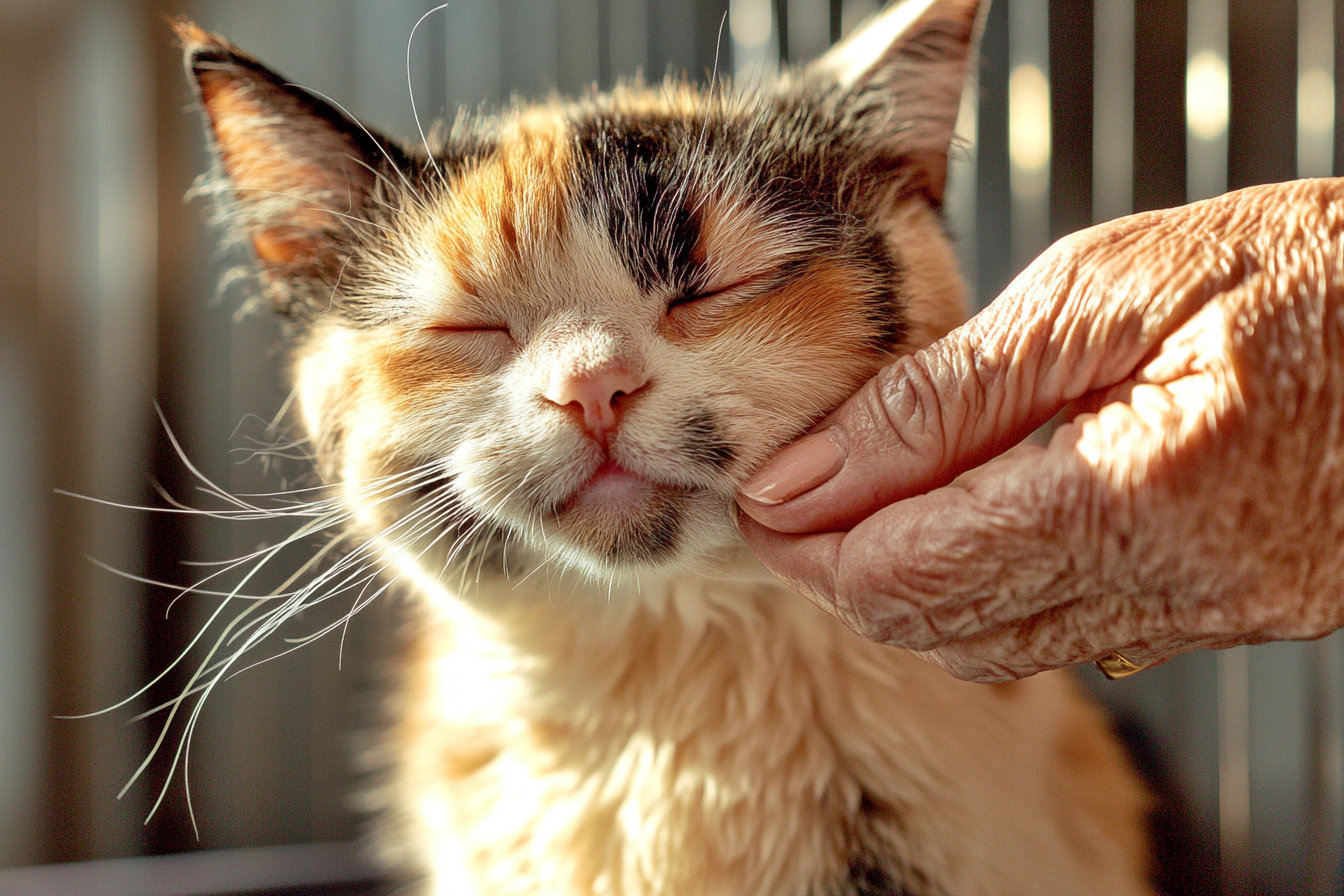
Remember, our aging cats aren’t just getting older – they’re becoming more precious with each passing year. With some thoughtful adjustments and lots of love, we can help them enjoy their golden years in comfort and happiness.
Share Your Senior Cat Story!
Are you on this beautiful journey with an aging cat? I’d love to hear about your experiences and see photos of your distinguished senior! Send your stories to [email protected]. Whether you’re just noticing those first gray whiskers or celebrating a 20th birthday, every senior cat’s story matters. Plus, your experience might help another cat parent recognize important signs in their own aging companion.
Purrs and gentle head bumps,
Lucy
P.S. Those extra vet visits for senior cats? Worth every penny for catching small issues before they become big problems. Trust me on this one!

